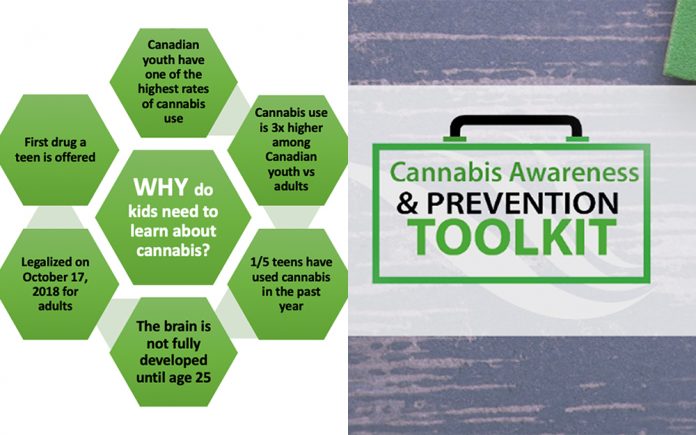
BY RUTH HILL R.N.
Question: “Are programs about addiction protecting the youth of the nation from the dangers of drugs or protecting the pharmaceutical companies that manufacture synthetic cannabis products? Let us examine the drug programs in schools.
The Substance Abuse and Mental Health Services Administration (SAMHSA) report, prepared by the RAND Corporation, for the U.S. Department of Health and Human Services (HHS) is the most comical. SAMHSA is devoid of research on medicinal uses. Prevention scientists are discovering programs that teach about drugs to school-age children often fall far short of expectations.
Canada Centre on Substance use, and Addiction designed the Canadian Students for Sensible Drug Policy (CSSDP). CSSDP is a grassroots network of youth and students who are concerned about the negative impact our drug policies have on individuals and communities. CSSDP considers drug use a health and human rights issue rather than a criminal-legal issue and advocates for evidence-based responses to reduce and prevent the harms associated with drug use and drug criminalization.
All youth programs state they are based on evidence-based science but, science can be evidenced-based, anecdotal-based, or scientism-based. Pub-Med, the NIH National Library for Biotechnology Information, shows 40,631 research citations for marijuana and 28,820 research citations for cannabis. While the Canadian program does go into the endocannabinoid system and is more science-oriented, it still treats marijuana as an addictive plant that messes your brain. How does the issue of the NIH, and CDC’s patents on CBD resulting in royalties for pharmacy-grade cannabis molecules affect your answer?
The Canadian booklets are easy to read, foster engaging conversations, and show youthful graphics. The questionnaires are geared to help the student monitor their progress throughout a two-week period of attempted absence. The Sensible Cannabis Education Toolkit comes in many languages and is free for downloading in a pdf format. Students today are very Internet literate. They read about marijuana themselves. They see parents and friends using marijuana who do not get sick and do not become addicted. They know what the government says about marijuana is false.
The Partnership to End Addiction is a program that: “implements comprehensive, age-appropriate, and research-based prevention programming that can have a real impact on reducing youth marijuana use and its adverse effects. It’s essential to start at an early age and continue throughout a child’s academic career.” Most programs do not separate the differences between alcohol, marijuana, opiates, or fentanyl, as the dangers are different for each substance. Marijuana/cannabis has an addition rate of 9% the same as coffee. Opiates and alcohol have a 30% addiction rate.
Stanford medical school has a cannabis awareness toolkit that is freely downloadable with PowerPoint presentations. The presenter talks about finding “Who you are,” and “finding your dopamine – the developing brain.” It is so horrific my anger over the fake information may explode through this computer.
The University of Saskatchewan is the future of youth education on drug safety. They developed The Safe School Health Improvement Project (Safe SHIP) and the School Health Initiative with Nursing Education (SHINE). SHINE and Safe SHIP programs are community-based partnerships between the College of Nursing at the University of Saskatchewan and two elementary schools and two high schools in Saskatoon (St. Luke, North Park Wilson, Bishop James Mahoney, and Tommy Douglas). Through these programs, university students from the College of Nursing and the College of Pharmacy and Nutrition will collaborate with youth from participating schools. WOW, could this happen in California? Let us challenge the California homeschooling curriculum to do what the Safe SHIP is accomplishing.
Back to our question at the start of this article, what is your conclusion? The programs that lump cannabis with alcohol or opiates are not science-based. The FDA’s continued arbitrariness designates cannabis to be a Schedule I for marijuana, Schedule 3 for THC in Marinol, and Schedule V for CBD in Epidiolex. If cannabis is so bad why can a physician anywhere in the US legally prescribe CBD or THC for medical conditions only in these three formulations? Is the FDA supporting the pharmacy organizations or our youth education?
Send comments to: cannaangel16@gmail.com










































